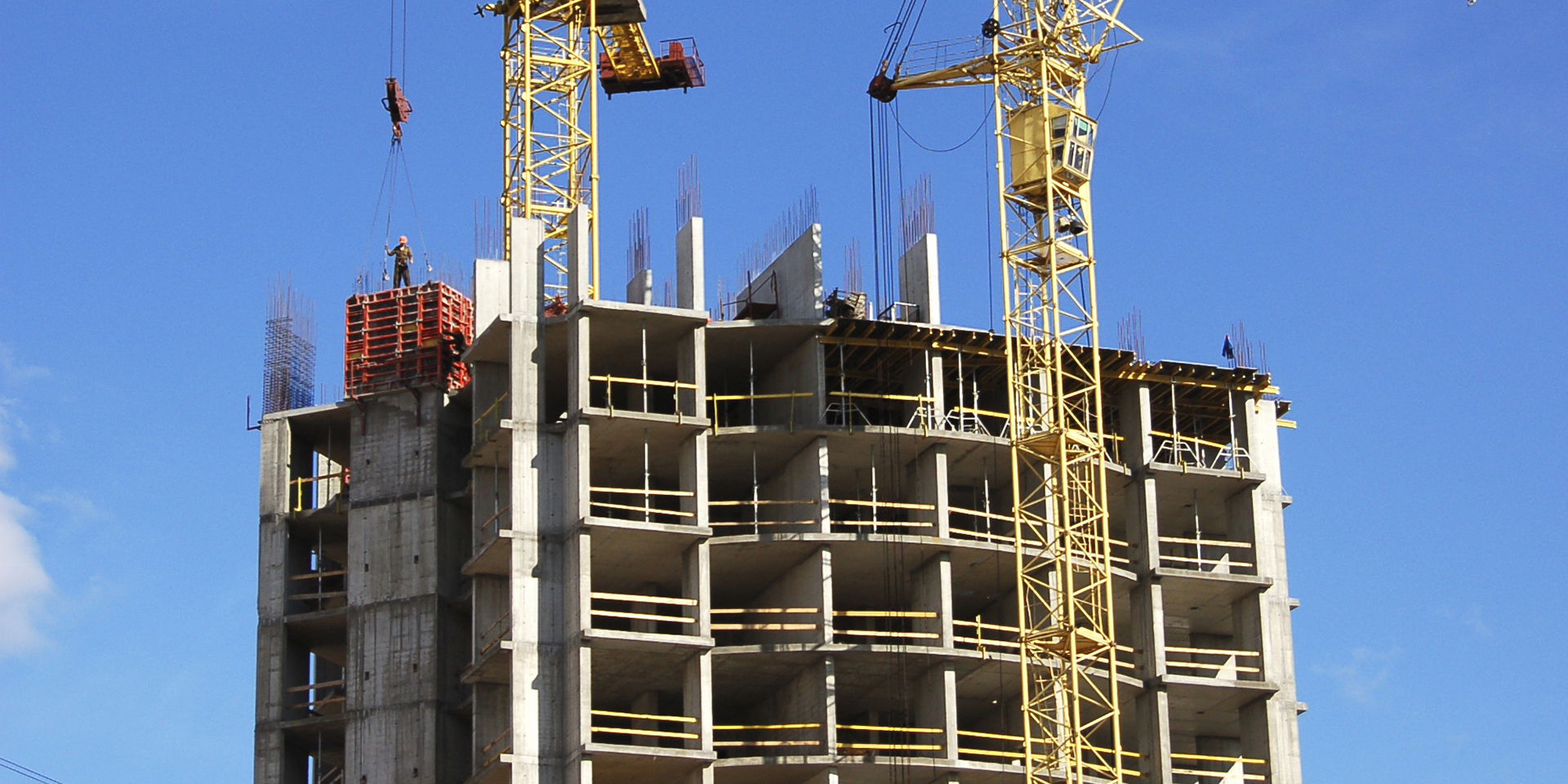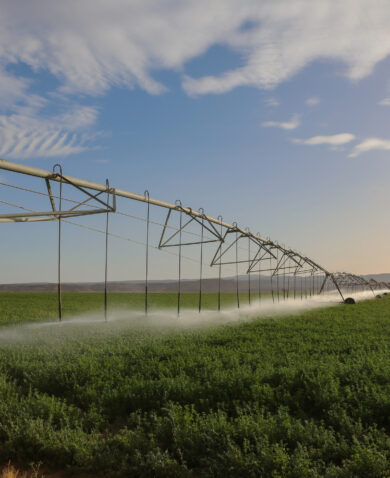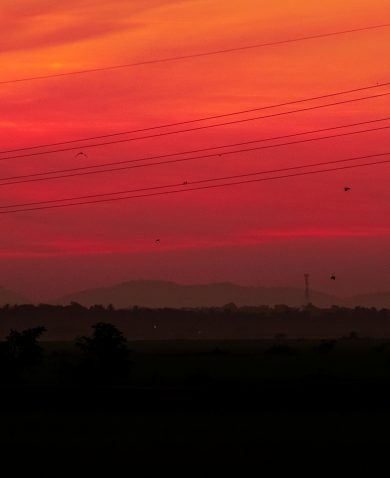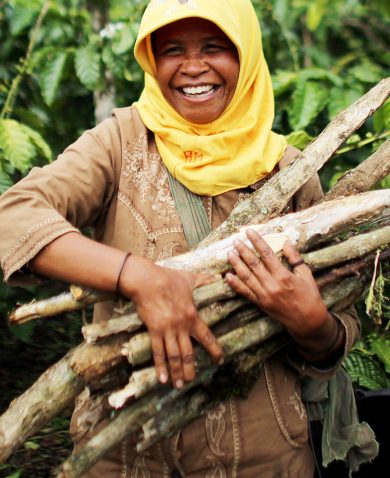
Know Your SDGs: Solutions for an Urban Century
August 20, 2015 | 4 Minute ReadProposed Sustainable Development Goal 11 aims to “make cities and human settlements inclusive, safe, resilient and sustainable.”
We are officially in the “urban century,” where more people in our world live in cities than in rural areas. Fittingly, for the first time, the United Nations (UN) has proposed an urban-specific Sustainable Development Goal (SDG) that focuses on cities and human settlements, Goal 11. The journey to establishing Goal 11 has been long, largely led by thought leaders like UN Habitat, UCLG, Cities Alliance, ICLEI, Metropolis, and others, and many in the development community are still wondering what Goal 11 will look like and its intended impacts.
What counts as a city?
What defines a “city”? Cities are physical spaces where people live, work, study, and interact; they are centers of economic activity, government, academia, infrastructure, and civil society. Goal 11 focuses specifically on cities, instead of using the term “urban,” which often creates an artificial duality between urban and rural areas.
Why cities?
Many have heard the statistic that in 2007, our world crossed the tipping point and became more than 50 percent urbanized. What’s more incredible is that a mere 55 years ago in 1960, only 34 percent of the world lived in cities. We are projected to hit 85 percent urbanization by the end of this century, a completely unprecedented rate. Nearly all of this growth is projected to take place in the countries in which Chemonics works across Africa, Asia, and Latin America.
The United Nations Development Programme (UNDP) states that “cities are change-makers.” While cities can bring together cultural, financial, and other resources that stimulate innovation for positive outcomes and lead economic growth, many continue to be challenged by major issues of poverty, inequality, and inadequate service delivery. Many of the challenges are multi-sectoral in nature. So when we talk about development, natural resources management, and climate change, we are talking about city problems.
So, what about rural areas?
Many development practitioners counter that rural populations struggle with lower resources and capital and, therefore, donors should not focus on “urban” areas. However, as Aromar Revi, director of the Indian Institute for Human Settlements noted at the UN Open Working Group, said: “The fate of cities and rural areas are two sides of the same coin…The two function back to back.” Focusing on urban economic growth can improve the welfare of both urban and rural populations through increased access to markets, better infrastructure, and increased resilience to disasters. Rural producers and migratory populations can benefit from better cities, and vice versa.
What is Goal 11 about?
In the Millennium Development Goals (MDGs), there was only one target, Target 7.D, that aimed to achieve “significant improvement in the lives of at least 100 million slum dwellers.” The proposed SDG Goal 11 is much more robust, reading “make cities and human settlements inclusive, safe, resilient and sustainable.” Within the goal are seven proposed targets on land use planning, transport, housing and slums, natural and cultural heritage, resilience, environment, and open space. By expanding beyond slum-dwellers to look more holistically at the role of cities overall in sustainable development, the goal may help trigger critical discussions about resource management and governance at the city level, and help shape our world’s future urbanization.
What’s being done?
We are beginning to see some great city-focused initiatives around the world. In 2013, USAID released their policy on Sustainable Service Delivery in an Increasingly Urbanized World, which sets out a framework for how future projects should be designed and implemented in today’s urban reality. The Rockefeller Foundation launched the 100 Resilient Cities challenge, which is encouraging cities to lead innovatively on climate issues – from Accra’s work on “sensitization infrastructure” for waste and water management to Juarez’s approach to mitigating violence and increasing public safety by focusing on flooding issues. The Rockefeller Foundation has also established a partnership with the Asian Development Bank and UK Department for International Development to set up the Urban Climate Change Resilience Partnership trust fund for cities in Asia, in coordination with the Asian Cities Climate Change Resilience Network. It is truly to encouraging to see how donors are innovating and coming up with new ways to tackle urban challenges.
What’s next?
As we look toward the adoption of Goal 11 in September 2015 and the Habitat III conference in October 2016, there will be a few key trends to monitor and follow.
- How will we distinguish between city-types? For example, most of the growth is now happening in secondary cities, not just mega-cities, which face different types of challenges.
- How will we resolve the issue of city-level data and benchmarks? If cities are different, how can we measure how cities are doing on the SDGs in a meaningful way?
- Since problems in cities happen in an integrated and multi-sectoral way, how will donors continue to innovate in what is typically a sectoral-based funding approach?
Goal 11 represents an important step in international development, despite the ongoing debate on targets and data. From working with cities in Mozambique to adapt to coastal climate change through improved land use plans to partnering with cities in southern Afghanistan to develop effective public private partnerships, Chemonics has seen the power of cities as engines of growth and leaders. As a company, we’re excited to tackle these challenges in new and unconventional ways, and to help cities continue to innovate and lead development in an inclusive, resilient, and healthy manner.
Curious about the SDGs and post-2015 development agenda? Watch this space. “Know Your SDGs” is a recurring weekly blog series digging into the goals in the lead-up to the United Nations General Assembly and post-2015 development summit this September. Missed a post? Check out previous entries on poverty, food security, and education.












